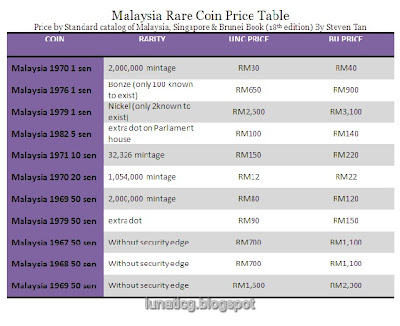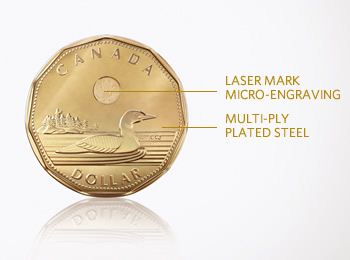This is some dictionary of terminology, glossary and word used in numismatic or coin collecting. This term in here is a words that used by many coin collector. Will update them time to time for a new word and their meaning. Please leave a comment if I missed any or giving a wrong definition.
Alloy: Mixture of more than one metal.
Anneal: To soften dies, planchets or metal by heat treatment.
Assay: Analytic test or trial to ascertain the fineness, weight and consistency of precious or other metal in coin or bullion.
Attribution: The identification of a numismatic item by characteristics such as issuing authority, date or period, mint, denomination, metal in which struck and by a standard reference.
Bag Marks: see contact marks
Base Metal: Non precious metal; e.g., copper.
Blank, Planchet: The disk of metal or other material before the dies of a coin, token or medal impress it. A blank is a piece that has not been given an upset rim; a planchet has the upset rim.
Clad: Composite coinage metal strip composed of a core, usually of a base metal such as copper and surface layers of more valuable metal like copper-nickel or silver.
Coin: A piece of metal, marked with a device, issued by a governing authority and intended to be used as money. Coins may or may not be legal tender.
Collar: A retaining ring die within which the coin dies operate. The collar (of the type called a close collar) forms the edge design of the piece, such as reeding or lettering.
Contact Marks: Surface abrasions found on coins because of coin striking the surfaces of other coins during bagging and shipping procedures. This is also called "bag marks", terms derived from the canvas bags coin were once shipped in from the mint.
Copper-nickel: Coinage alloy composed of copper and nickel in varying amounts.
Denomination: The face value of a coin; the amount of money it is worth as legal tender.
Denticles: Ornamental device used on rims of coins, often resembling teeth, hence the name; also "beading". Also called dentils.
Device: the principal design element, such as portrait, shield or heraldic emblem, on the obverse or reserve of a coin.
Die: A hardened metal punch, the face of which carries an intaglio or incused mirror image to be impressed on one side of a planchet.
Disme: Original spelling of "dime" used into the 1830s in mint document.
![Coin edge varieties Coin edge]()
Edge: Often termed the third side of a coin, it is the surface perpendicular to the obverse and reverse. Not to be confused with the rim. Edges can be plain, reeded, lettered or carry other designs or a combination of edge elements.
Encapsulated coin: One that has been sealed in a plastic holder, especially by a third party grading service. The encapsulation is usually called by its nickname, "slab".
Field: The flat part of a surface of a coin surrounding and between the head, legend or other designs.
Fineness: Represents the purity of precious metal, either in monetary or bullion form. Often stated in terms of purity per 1,000 parts: A .925 fine silver coin has 92.5% silver and 7.5% other metal.
Flow lines: Microscopic striations in a coin's surface caused by the movement of metal under striking pressures. A coin's luster is caused by its flow lines; loss of luster is the result of wear to the flow lines.
Grading: The process of determining a coin's condition.
Hairlines: Fine scratches in the surface of the coin. Not to be confused with die scratches.
Hub: A right reading, positive punch used to impress incused, mirror-image dies.
Incuse: The opposite of bas-relief; design is recessed rather than raised.
Legal Tender: Currency (coin or paper money) explicitly determined by a government to be acceptable in the discharge of debts.
Legend: The inscription on a numismatic item.
Lettered edge: An inscription on a numismatic item.
Luster: Surface quality of a coin, result of light reflected from the microscopic flow lines.
Matte Proof: coins produced from dies entirely sandblasted with no mirror surfaces.
Minor coin: A silver coin of less than crown weight or any coin struck in base metal.
Mint Mark: A letter or other symbol indicating the mint of origin.
Mirror: Highly reflective, describing surface or field of a coin; usually mirror field with frosted relief.
Nickel: A silver-white metal widely used for coinage.
Obverse: the side of a coin that bears the principal design or device, often as prescribed by the issuing authority. (the head side)
Overdate: The date made by a mint engraver superimposing one or more numbers over the date on a previously dated die.
Pattern: coin like piece designed to test coin designs, mottoes or denominations proposed for adoption as a regular issue and struck in the metal to be issued for circulation but that was not adopted, at least in year of pattern issue.
Planchet: the disk of metal that when placed between the dies and struck becomes a coin. Also called flan or blank.
Proof: A coin struck on specially prepared planchets on special presses to receive the highest quality strike possible, especially for collectors.
Prooflike: An uncirculated coin having received special minting treatment and a mirror surface for the benefit of collectors with minor imperfections due to the minting process permissible.
Reeded edge: The result of a minting process that creates vertical serrations on the edge of a coin.
Restrike: A numismatic item produced from original dies and by the original issuer but later than original issues. In the case of a coin, the restrike usually occurs to fulfill a collector demand and a not a monetary requirement. Sometimes "restrike" is used in a broader sense to refer to coins restruck at a later date but not from original dies or by the original issuing authority.
Reverse: The side opposite to obverse; usually but not always the side with denomination. The side opposite the side containing the principal design. Informally the "tails"
Rim: raised border around the circumference of a coin not to be confused with the edge.
Ringed bimetallic coin: A coin composed of two parts; a holed ring into which is inserted a core. the two parts are often different colors and compositions.
Seigniorage: The profits resulting from the difference between the cost to make a coin and its face value, or its worth as money and legal tender. most coins cost less to make than their face value; when it becomes too expensive to make a certain coin, its size, weight and composition are often changed.
Series: Related coinage of the same denomination, design and type, including modifications and varieties.
Slab: A rigid plastic, sonically sealed holder, usually rectangular, especially one used by third party grading services.
Specie: In the form of coin, especially precious metal coin; paper money redeemable in coin. From the Latin meaning "in kind".
Subtype: A modification of a plastic design type that leaves the basic theme intact without major revision.
Surcharge: An extra charge placed on an item, the revenue of which is usually earmarked for a specific fund.
Trade dollar: A silver dollar coin produced for overseas market.
Type: A basic coin design, regardless of minor modifications.
Type set: A collection composed of one of each coin of a given series or period.
Uncirculated set: Set of coin, consisting of one of each coin issued for circulation. Also called Uncirculated Mint set or unofficially, a Mint set.
Upsetting mill: A machine that squeezes planchets so that they have a raised rim, in preparation for striking.




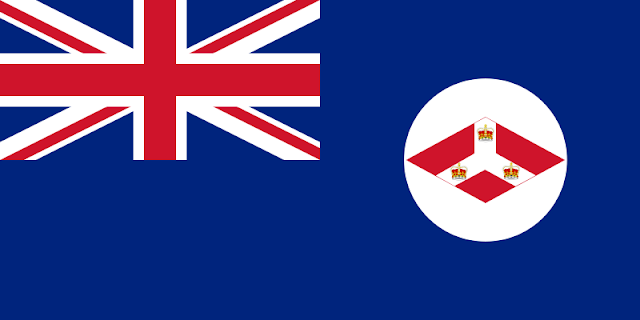
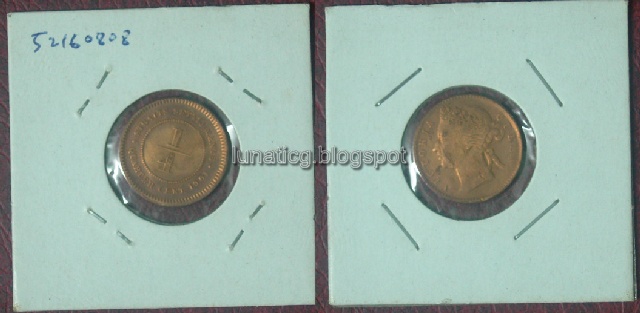
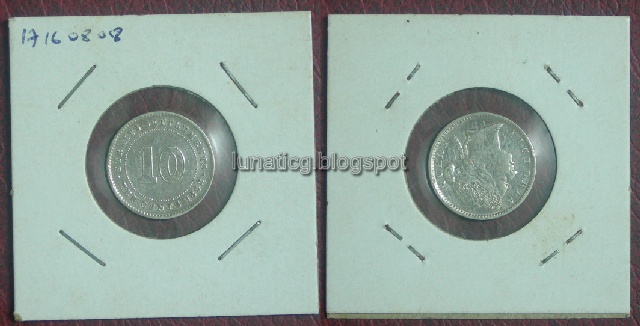
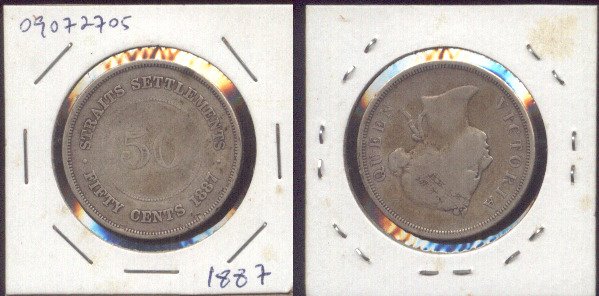
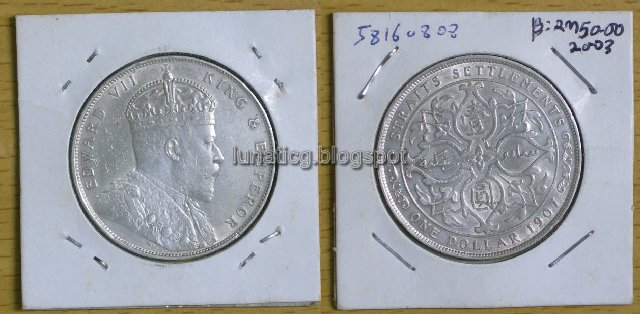
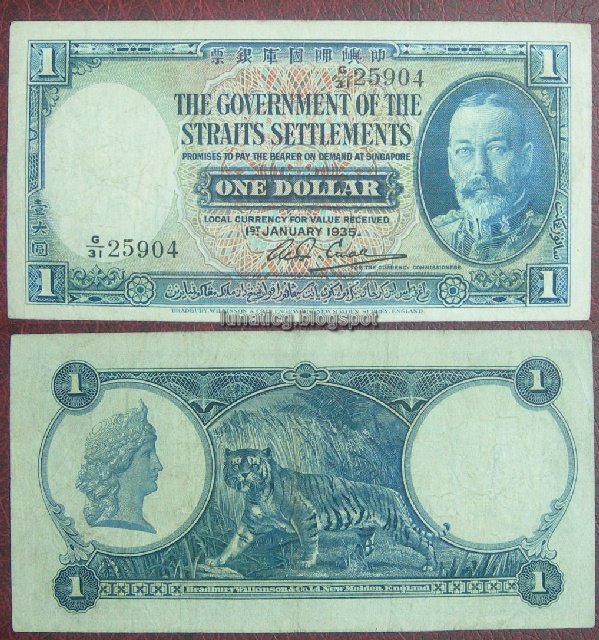
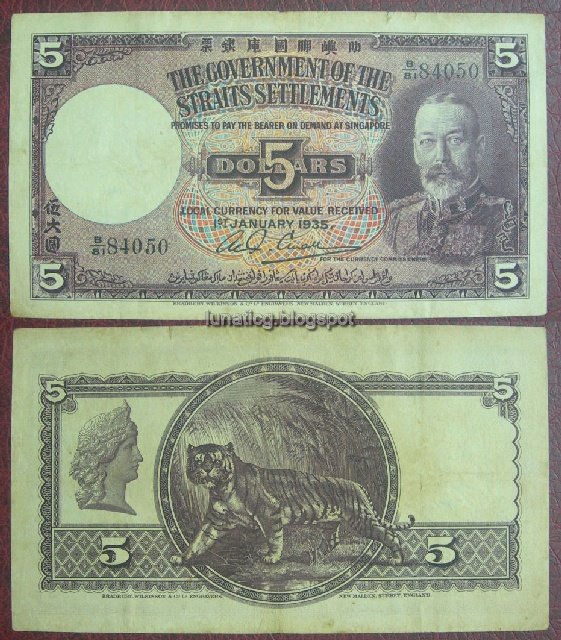







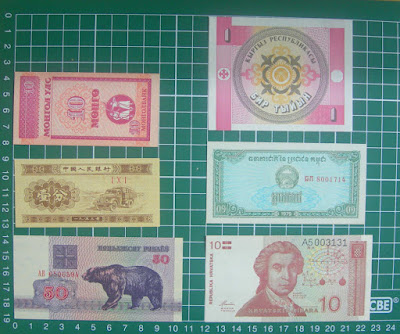
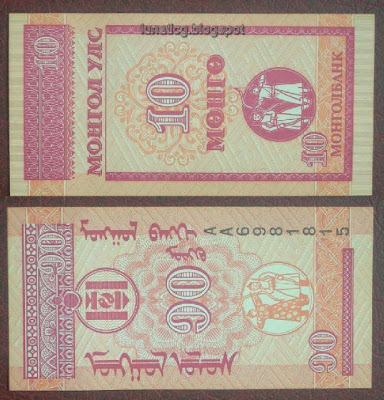
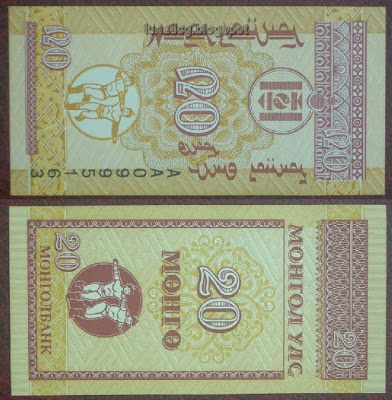
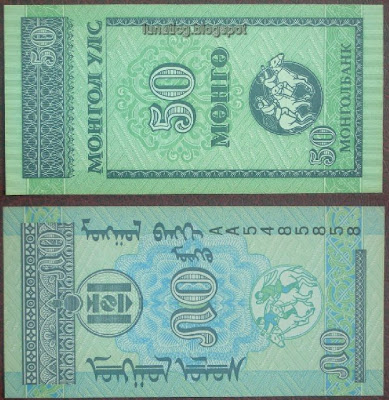
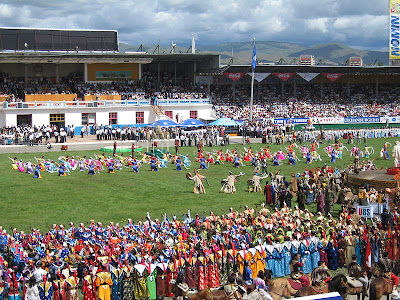
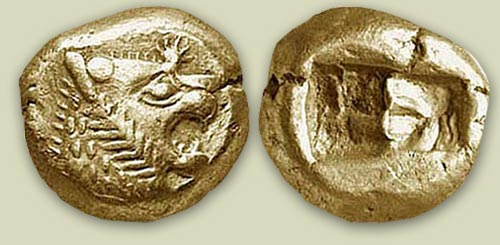


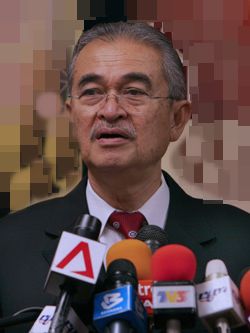
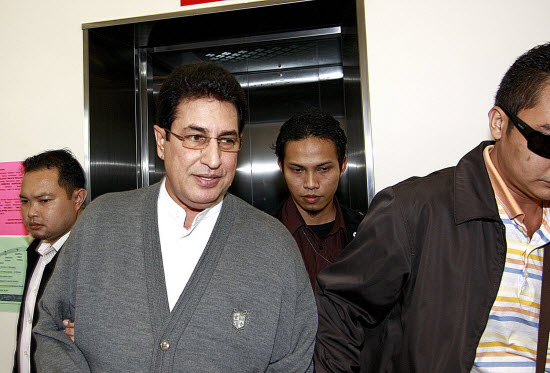

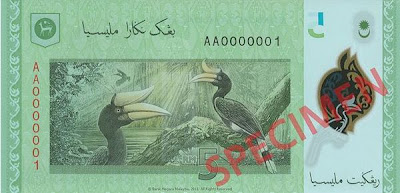
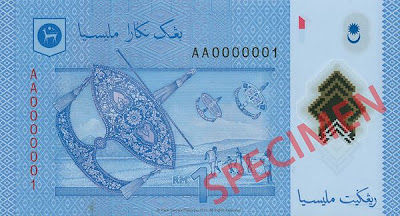


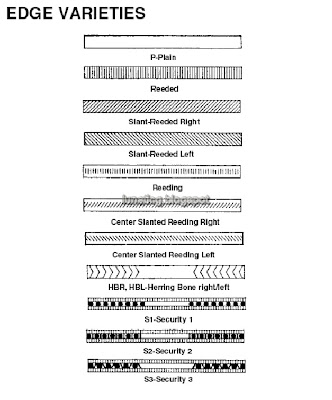
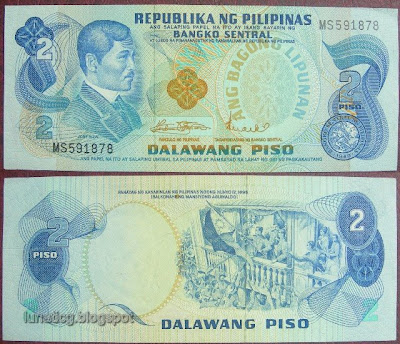
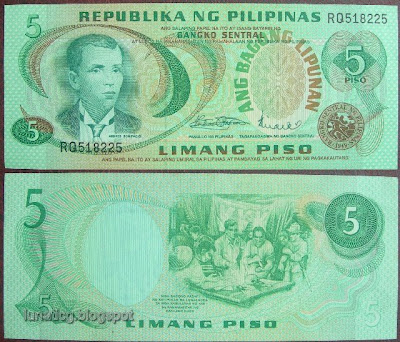
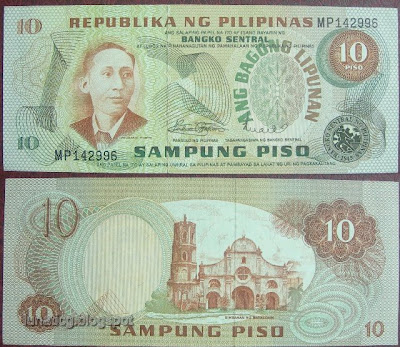
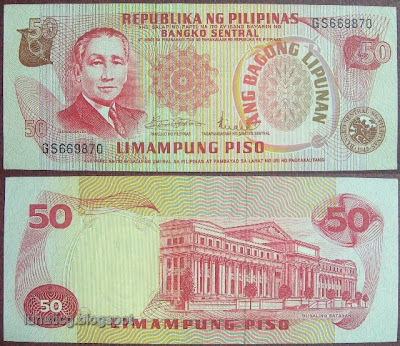
,+red+serial+number+M+010056.jpg)
,+red+serial+number+P+008055.jpg)
,+black+serial+number+U+067927.jpg)
,+black+serial+number+W002238.jpg)
,+black+serial+number+X+000018.jpg)
,+black+serial+number+Y+005495.jpg)
,+dark+blue+serial+number+Z+006944.jpg)
,+dark+blue+&+black+serial+number+2A+048022.jpg)

